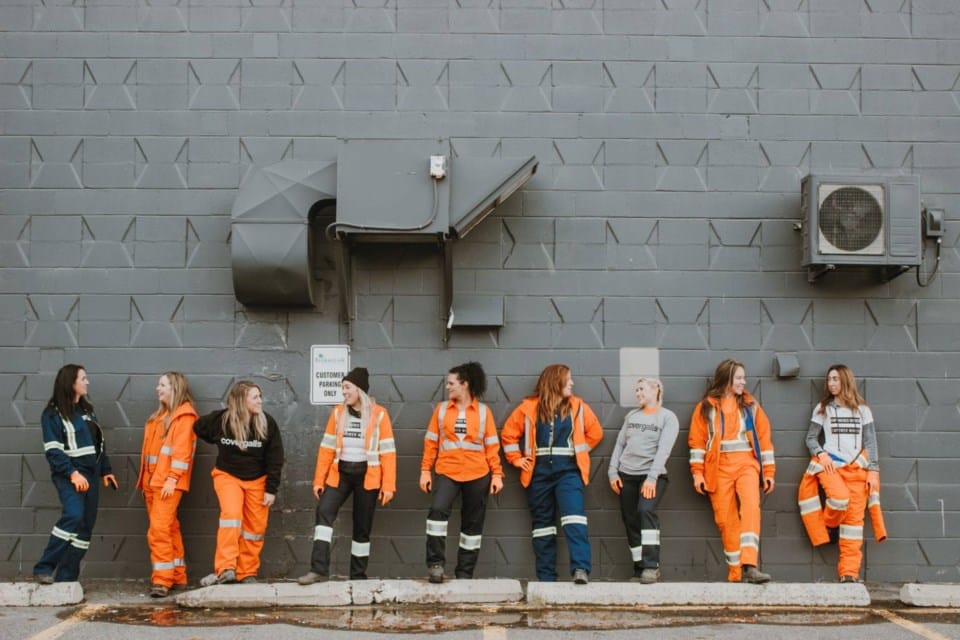Workplace safety is high on the priority list for many companies and governments. Yet, women in numerous industries remain less protected than their male colleagues because they are not provided with properly fitting workwear and personal protective equipment (PPE). In New Ontario, Canada, they’ve decided this is unacceptable. The province has introduced a law requiring companies in all sectors to provide suitable women’s workwear and PPE. This development has caused a significant shift in the workwear market, one we might see replicated in other countries.
A Fresh Breeze in New Ontario
For years, women have been offered workwear that doesn’t fit their bodies properly. The result? Complaints about daily work disruptions, industry organizations raising the alarm, yet many employers are still opting for so-called unisex options—essentially men’s workwear and PPE labeled as unisex. Meanwhile, more and more workwear companies are developing collections specifically for women, and the demand for female workers in technical roles is growing louder.
The decision by New Ontario feels like a fresh breeze on a hot summer day. With this new law, all companies in the province are now required to offer properly fitting workwear and PPE for women in the workplace. Previously, this requirement only applied to the construction industry. The government’s goal is to enable women to work in a broader range of environments while obliging employers to take their safety just as seriously as anyone else’s.
Opportunities for Small Businesses
This new legislation forces suppliers of workwear and PPE to critically evaluate their offerings. Where it was once acceptable to dress everyone in the same men’s clothing as long as it met safety standards, companies must now pay closer attention to the needs of female employees.
This also creates opportunities for small and medium-sized businesses, as evidenced by the new partnership between Marks Commercial, Canada’s leading wholesaler of workwear and PPE, and Covergalls. Since 2013, Covergalls has been manufacturing protective workwear designed for women. Marks Commercial has committed to including 10 to 12 Covergalls items in its product range by 2025.
Who’s Next?
I expect other provinces in Canada—and eventually other countries—to follow New Ontario’s example. In the United States, a new law was introduced this month requiring construction companies to provide workwear and PPE that fits the wearer’s body, rather than only considering the nature of the work. The aim is to better protect women and individuals who do not conform to the “standard men’s size.” A similar step was taken in 2020 when the National Defense Authorization Act mandated that the U.S. military provide appropriately fitting protective gear for women and track injuries caused by ill-fitting equipment.
While these measures are commendable initiatives, they are still a case of mopping the floor while the tap is running. Given that gender discrimination is already illegal, it makes more sense to hold all employers accountable for providing suitable women’s workwear and PPE. When that becomes a reality, the impact will be far greater than what we currently see in Canada. Companies specializing in women’s workwear and PPE will no longer compete with the dominant, established brands but with one another. This will drive growth, making expertise and service more important than ever. My advice: get ready.




















